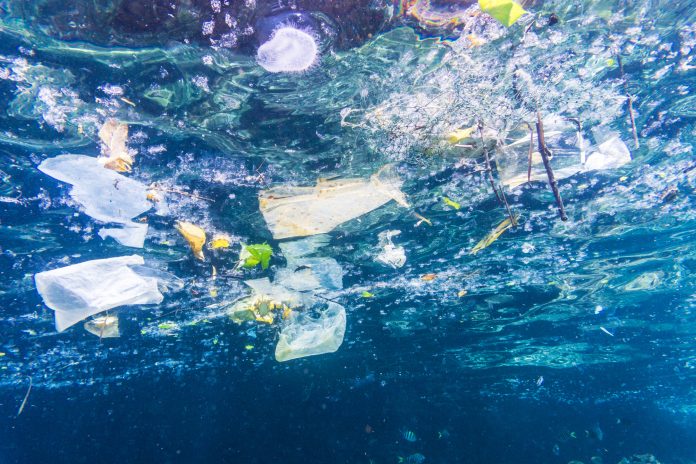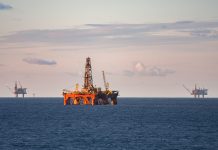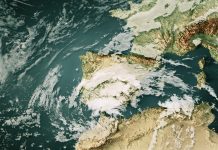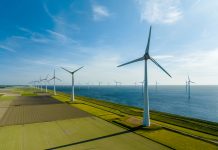Stopping Microplastics: Marine plastic pollution has always been a well-recognised environmental issue, with 9 to 14 million metric tons of plastic entering the oceans each year
While most previous studies have focused on surface waters, a new international study has revealed the widespread presence of microplastics throughout the ocean column, from the surface to the deep sea.
Led by the Japan Agency for Marine-Earth Science and Technology, the study included contributions from Florida Atlantic University (FAU) and 15 other institutions worldwide.
Researchers analysed data from 1,885 sampling stations collected over a decade, providing the first global map of microplastic distribution by size and type at various ocean depths.
Microplastics: Tiny but persistent
Microplastics, plastic fragments between 1 micron and 5 millimetres in size, make up the majority of plastic debris in the ocean. These particles come in many shapes and forms, often from packaging, fishing gear, and synthetic clothing.
The study found that microplastics are not limited to surface waters. They are embedded throughout the water column, with concentrations ranging from a few to thousands of particles per cubic meter. Smaller microplastics (1 to 100 micrometres) were found to spread more evenly and sink deeper. In comparison, larger particles (100 to 5,000 micrometres) tend to remain concentrated near the surface, particularly within gyres, large, circular ocean currents that trap floating debris.
Plastic in the carbon cycle
One of the study’s most impressive findings was the role microplastics play in the ocean’s carbon cycle. At shallow depths (around 30 meters), microplastics made up just 0.1% of carbon particles, but this proportion increased to 5% at 2,000 meters. This suggests that microplastics are not only polluting the ocean but may also be interfering with natural processes that regulate Earth’s climate.
The ocean’s water column is the largest habitat on Earth and plays a vital role in absorbing carbon dioxide and supporting marine life. As microplastics travel through this system, they can interact with organic particles and alter the way carbon is transported and stored in the ocean.
Types and sources of ocean plastics
Researchers identified more than 56 types of plastic polymers in the global dataset. Buoyant plastics, like polyethene and polypropylene, are most commonly found near the surface, while denser plastics, often from fishing gear and packaging, are more common in deeper, offshore waters. These denser materials tend to fragment more quickly after long exposure to sunlight and seawater, increasing the number of smaller particles that can sink into the deep sea.
Polypropylene, used in products like rope and food containers, breaks down faster than polyethene, which is found in plastic bags and bottles. As a result, polypropylene is less common in offshore samples, while polyethene remains more persistent across all depths.
Need for better monitoring
Despite the strong data collected, the study highlights ongoing challenges in tracking microplastics in the ocean. Inconsistent sampling methods and limited geographic coverage have left gaps in our understanding, especially in deeper waters. The researchers emphasise the need for improved technology and international cooperation to continue mapping microplastic pollution and its effects on marine ecosystems.











